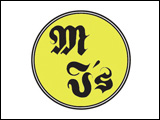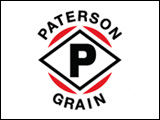The Canadian Grain Commission reports a new more aggressive and toxic form of fusarium graminearum is quickly replacing the more familiar form in western Canada.
Fusarium graminearum, the main cause of fusarium head blight, produces the mycotoxin deoxynivalenol or DON.
Studies conducted by the University of Manitoba are finding the 3-A DON chemotype to be much more aggressive than the previous 15-A DON chemotype.
Canadian Grain Commission mycologist Randy Clear says, since 1998 the prevalence of 3-A DON has increased from about five percent of infected wheat crops in western Canada to 40 to 50 percent.
The main problem that we’re finding with it, it seems to produce more toxin in the grain that’s infected so the new chemotype with the same level of fusarium damage tends to show us a little bit more of the toxin, the deoxynivalenol or vomitoxin and that’s an issue because the grading system is partly tailored to ensure that levels of DON in the grain products are not above what would be acceptable.
In the lab we can get on average twice as much DON or vomitoxin in the new isolates, the 3-acetal chemotype however in the field in the inoculations either by spray inoculation, point inoculation or spreading infected corn between the rows and let more of a natural inoculum occur the difference is more.
It won’t be anywhere close to double and I’d be guessing a little but say 10 or 15 percent more was sort of what we’ve seen in the controlled studies so far.
That tends to be the pattern that’s emerging.
Clear suggests, if we find a consistent pattern of higher levels of DON for the same level of fusarium damaged kernels, it might be necessary to adjust FDK tolerances down to ensure toxin levels remain within the limits set by regulators.
Source: Farmscape.Ca



